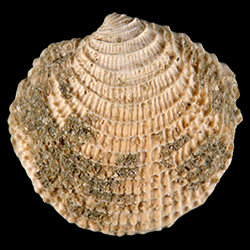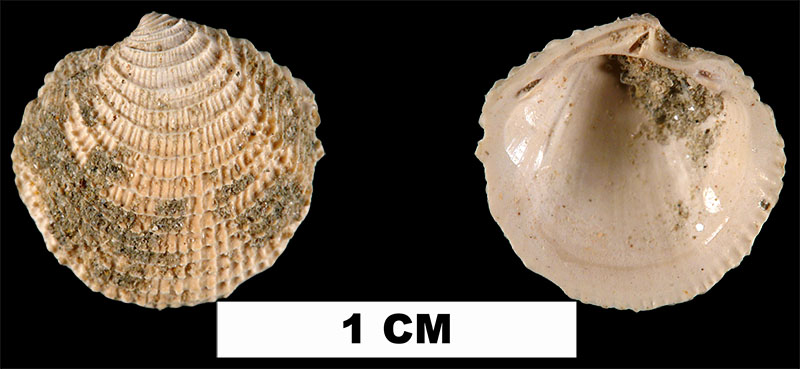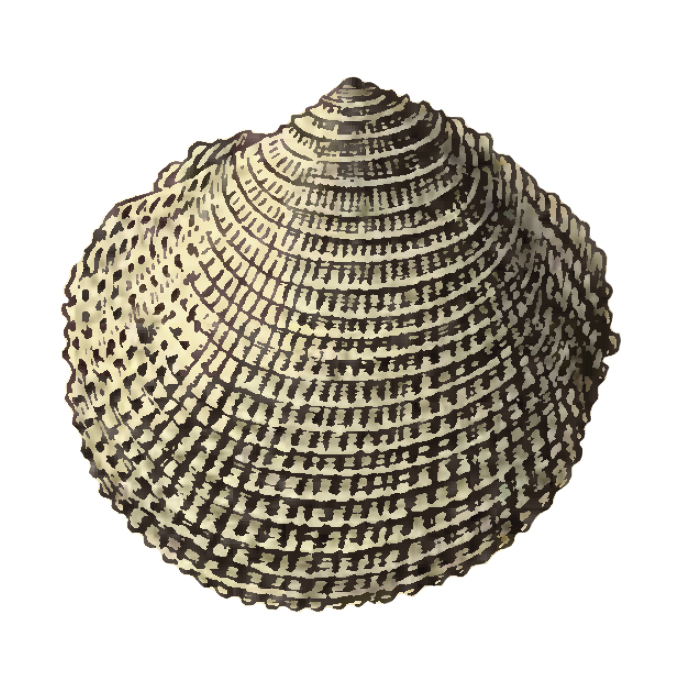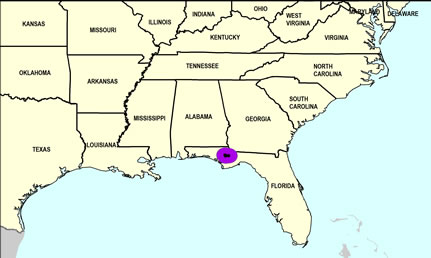
Lucinisca calhounensis

- Phylum: Mollusca
- Class: Bivalvia
- Order: Imparidentia
- Family: Lucinidae
- Genus: Lucinisca
- Species: Lucinisca calhounensis (Dall, 1903)
Geological Range
Early Miocene; Extinct.
Paleogeographic Distribution
Northern Florida.
Remarks
Original Description (from Dall, 1903, p. 1371):
"Oligocene of the silex beds at Ballast Point, Tampa Bay, Florida, and of the Chipola beds at the Chipola River, Calhoun County, Florida; Dall and Burns.
Shell resembling P. cribrarius Say in its general features, but with the sculpture more dense, the reticulation finer and more even, the radial ribs being of about the same strength and prominence as the concentric ridges, except near the umbones; the umbonal concentric ridges are less distant and prominent and those close to the beaks are heavier and broader relatively to the size of the shell, the anterior dorsal area is more conspicuous, the lunule proportionately longer and larger, the crenulations of the inner margins of the valves finer and more numerous. Alt. 10.0, Ion. 10.0, diam. 4.5 mm.
This is in every way a smaller, finer, and more delicate shell than P. cribrarius. The silicious pseudomorphs from Ballast Point appear to have lost nearly all their prominent sculpture and were probably consequent upon the fossilization of worn, dead valves, which have a very different aspect from the perfect shell."
To access this description in its original formatting through Google Books, click here.
Stratigraphic Occurrences
- Early Miocene
- Chipola Formation (N. FL)


